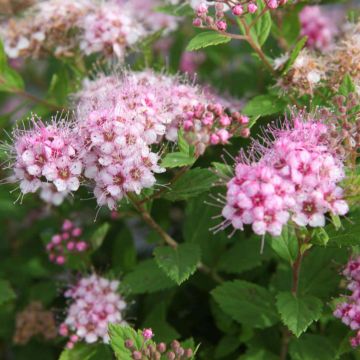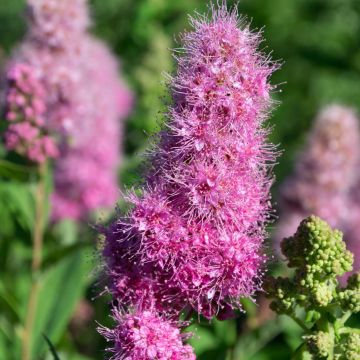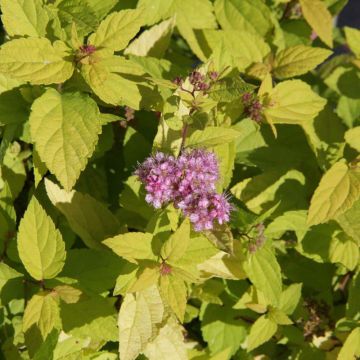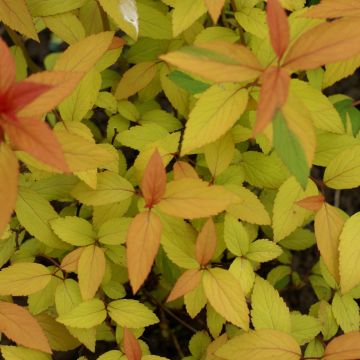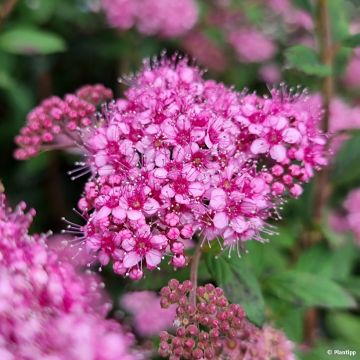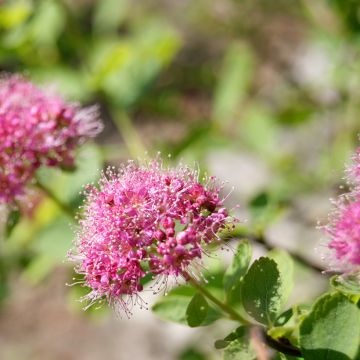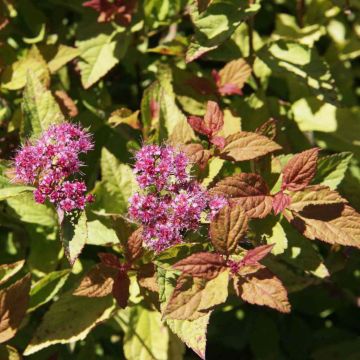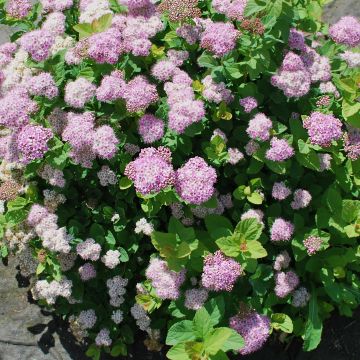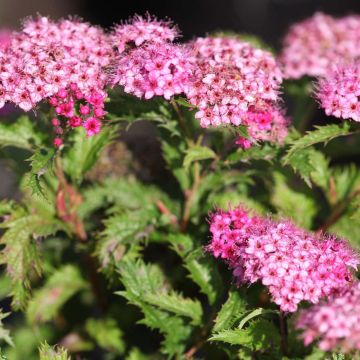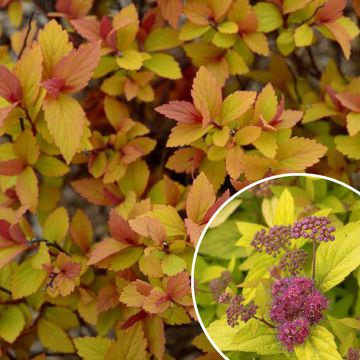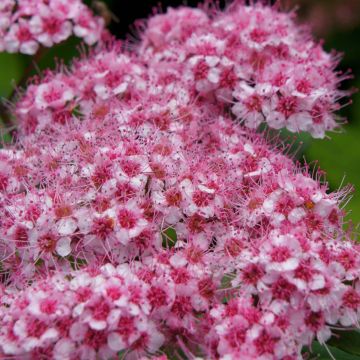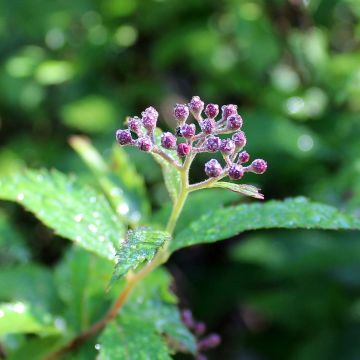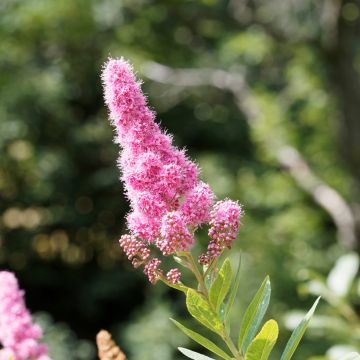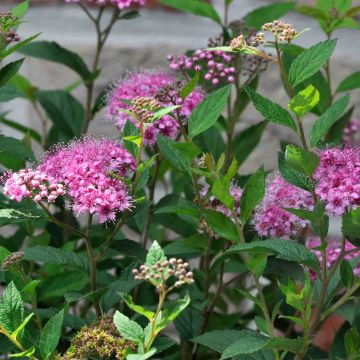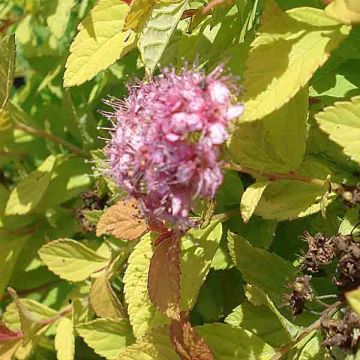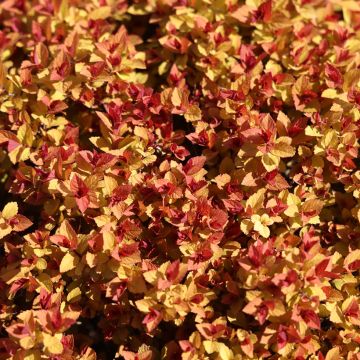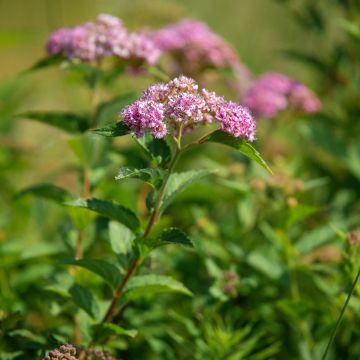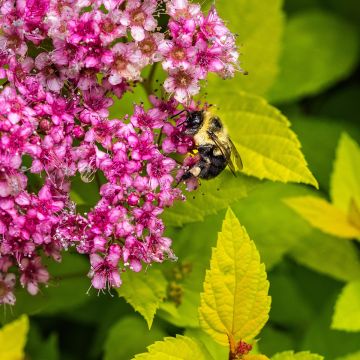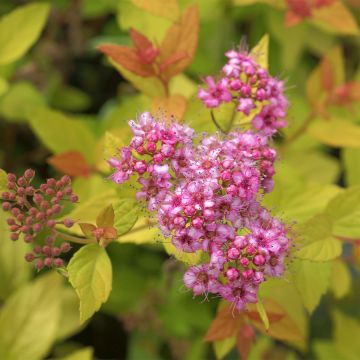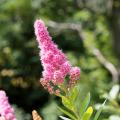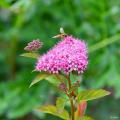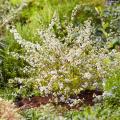Pink flowering Spiraea
Would this plant suit my garden? Set up your Plantfit profile →
Available in 5 sizes
Available in 4 sizes
Available in 5 sizes
Available in 4 sizes
Available in 0 sizes
Available in 2 sizes
Available in 1 sizes
Available in 2 sizes
Available in 1 sizes
Available in 1 sizes
Available in 2 sizes
Available in 1 sizes
Available in 3 sizes
Available in 1 sizes
Available in 2 sizes
Available in 1 sizes
Available in 1 sizes
Available in 3 sizes
Available in 1 sizes
Available in 4 sizes
Available in 1 sizes
Available in 1 sizes
Available in 1 sizes
Available in 1 sizes
Available in 1 sizes
Available in 1 sizes
Available in 2 sizes
Available in 1 sizes
Available in 1 sizes
Available in 1 sizes
Available in 1 sizes
Spiraea (or Spirea) are a very diverse group of shrubs from the Rosaceae family, among which some varieties such as Japanese spirea (Spiraea japonica) are appreciated for their flowering in pink clusters ranging from pale pink to almost red. The Japanese spirea 'Anthony Waterer' is undoubtedly the most famous and widely planted. These spireas usually bloom in summer, from June to August, on the current year's shoots, unlike the white spireas that are the glory of spring. Fast-growing, these bushes develop a rounded habit and bear more or less dentate deciduous leaves. While some are capable of forming a large bush of 2 m (7ft) in all directions, like Spiraea billardii, Japanese spirea varieties do not exceed 1.20 m (4ft) in height, with 80 cm (32in) being the norm. For small gardens and containers, there are also dwarf varieties of spirea: for example Spiraea japonica 'Nana', which reaches only 50 cm (20in) at maturity, with its spreading habit and clusters of bright pink flowers that look wonderful on the terrace. The autumn foliage of spireas is often colourful, for example in the Japanese spirea 'Crispa'. Hardy, Spireas grow in ordinary, firm soil, including slightly chalky, in sunny or partially shaded locations.
Haven't found what you were looking for?






































